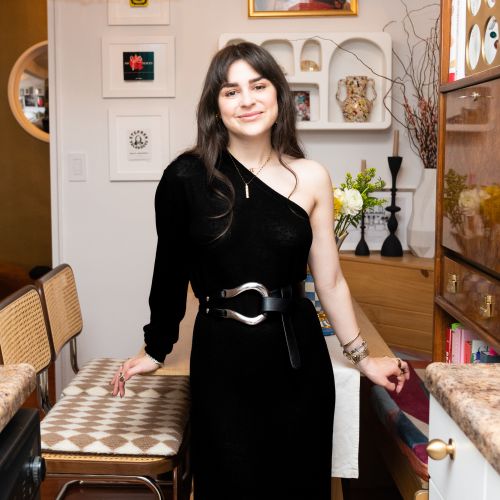8 small living room layout mistakes — don’t get caught out by these
Avoiding these small living room layout mistakes will help you create the illusion of a larger space

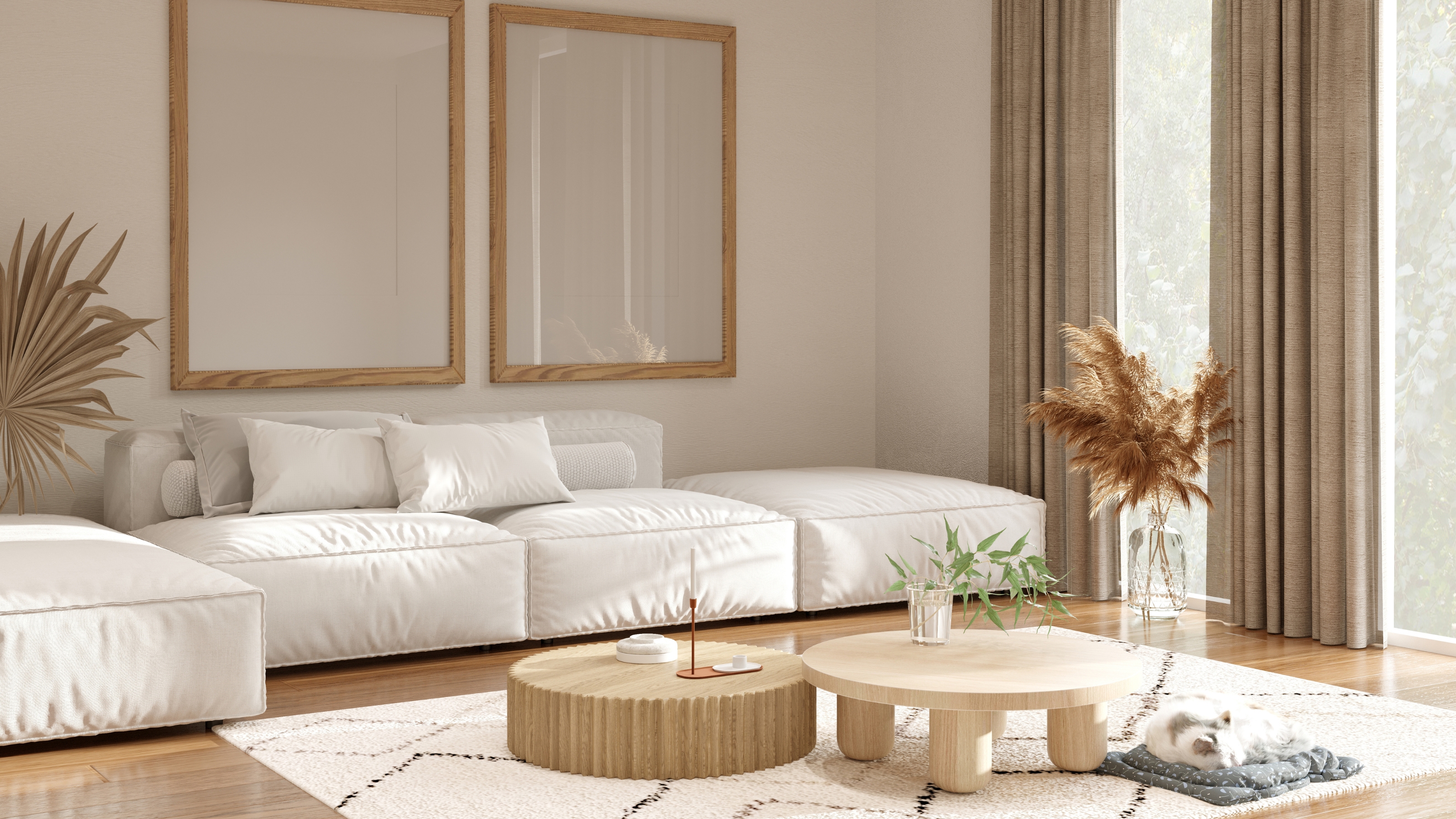
There are eight common small living room layout mistakes you should avoid at all costs, according to our design experts. Nailing our guide will go far in creating the illusion of a bigger space in your modest home.
To avoid making your room uninviting and inaccessible, consider the overall layout, where you’ll place your furnishings and how you’ll use them, too. Our interior design experts have run it down for us in glorious detail, and we’ve kicked in some great buys to smooth the way.
Between our experts’ small living room ideas and our shopping list, we’ll ensure you’ll have a functional layout that works for you and looks stylish to boot.
The small living room layout mistakes you‘re making
When it comes to small living room layouts, there isn’t a one-size-fits-all approach. However, there are a few small living room layout mistakes you’ll definitely want to avoid, in order to make the most of the space you do have. Up ahead, we reveal some of the top living room layout tips from interior design experts.
1. Overcrowding your furniture

One of the first things to avoid is overcrowding in your space, says Bethany Struble, a lead designer at Totum Home.
"This is important because you want your furniture to serve a purpose and not take up space just to take up space," says Struble,
Overcrowding furniture can take away from the functional aspect of your living room, and make your space feel smaller than it really is. With living rooms often the soul of an home, functionality should be key.
Get small space home decor ideas, celeb inspiration, DIY tips and more, straight to your inbox!
Look for pieces that fit into your space better, like our favorite small-space furniture items. These sleek leather chairs from Wayfair will slide right into any small space.

Bethany Struble is an interior designer at Totum Home and a set and prop designer for bands such as Paramore and Plain White Ts.
2. Block the flow of traffic
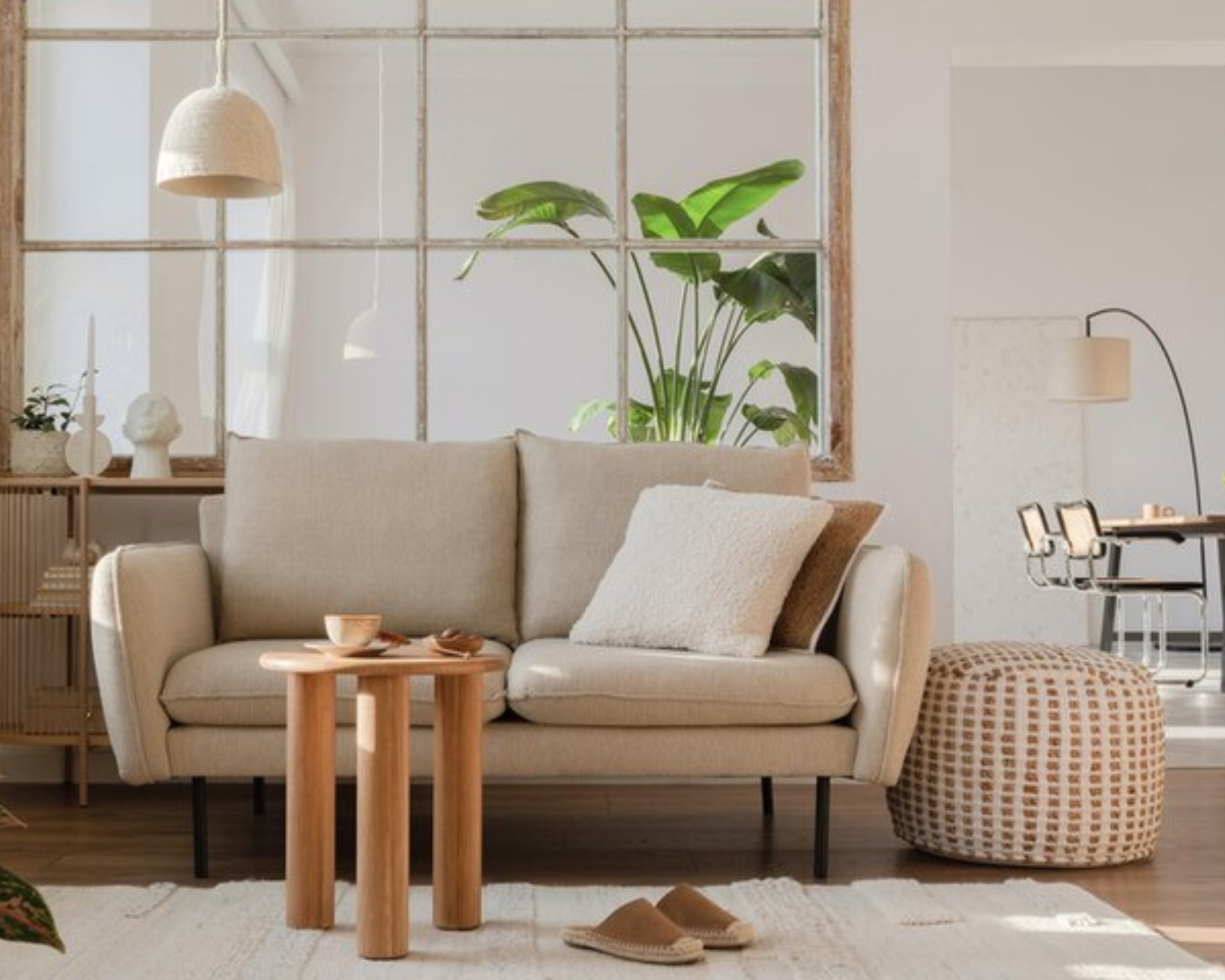
Bethany also says to beware of blocking the natural flow of traffic, as this can negatively impact your living room layout. It's a small space design mistake that can really have an impact on the functionality of the room.
“You should be able to walk through the space without dodging your furniture,” she notes.
Keeping an open walkway not only makes your space feel more open, but also makes it more practical. Keep it free-flowing so the energy of the room works well and you don't start to feel overwhelmed by clutter and obstructive furniture.
3. Neglecting vertical space

If you don't have a lot of room to work with, living room bookshelves are a great idea. “Not using your wall space is such a waste,” says Bethany.
If you’re working with a small living room, take advantage of your vertical space as much as possible.
This can be done by incorporating tall bookshelves. You can create a faux built-in look with the IKEA Billy Bookcase— or add loating shelves to your accent wall for picture frames and decorative pieces.
4. Bulky furniture
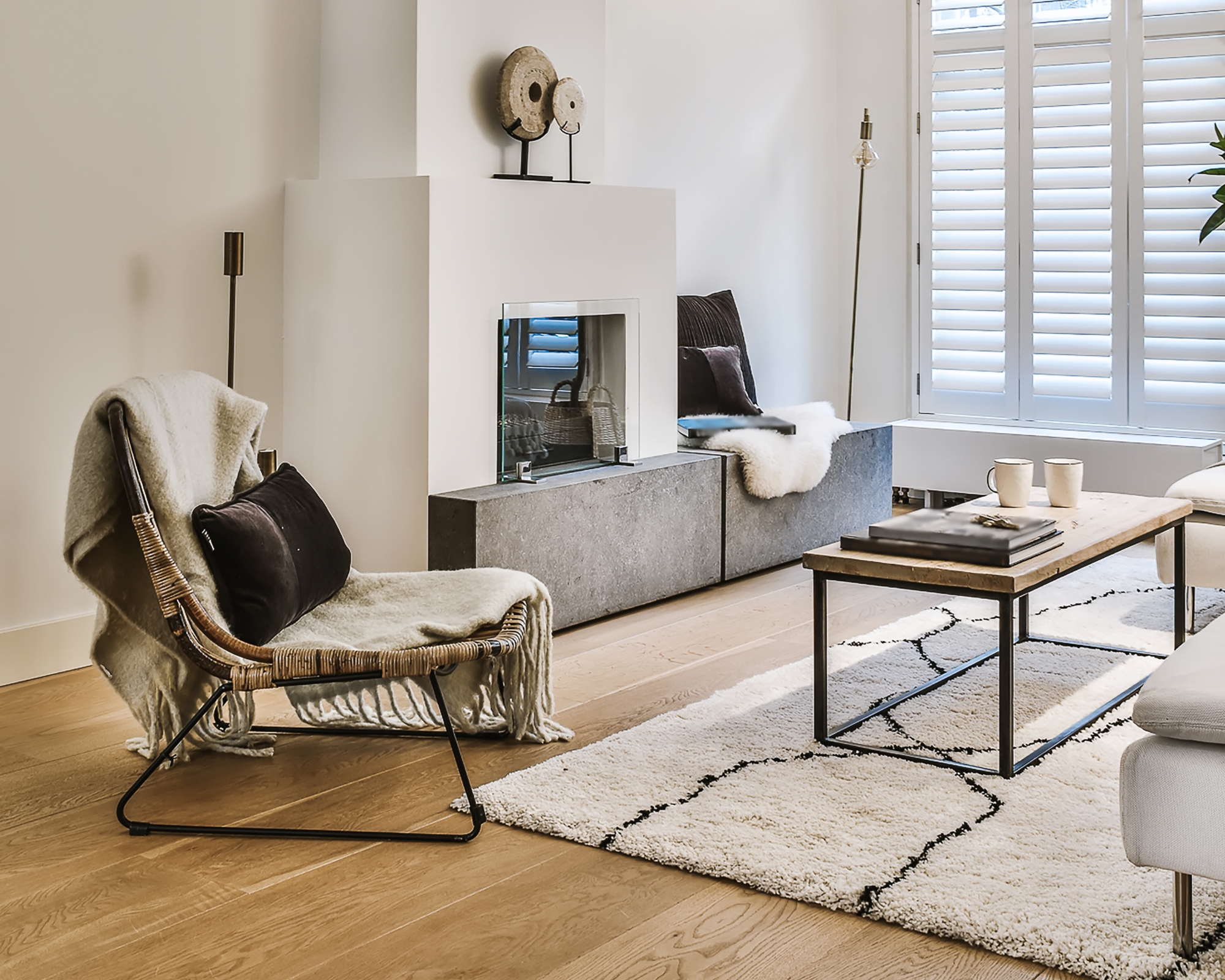
When considering the layout of a small living room, it’s not just about where your pieces will go but also the overall design of them, too.
With this in mind, Bethany warns against bulky furniture and says to “choose pieces that fit the scale of the room.”
This helps create an overall balance and ensures your room doesn’t feel too congested. If you're ordering furniture online, like the best Amazon living room furniture, check the dimensions in listings against the measurements of your space before adding it to your cart.
This simple, Nordic-inspired minimalist three-seater sofa from Wayfair will look balanced and sophisticated in most small living rooms, and comes loaded with that delicious, sink-into feeling every good couch has.
5. Failing to review your pieces
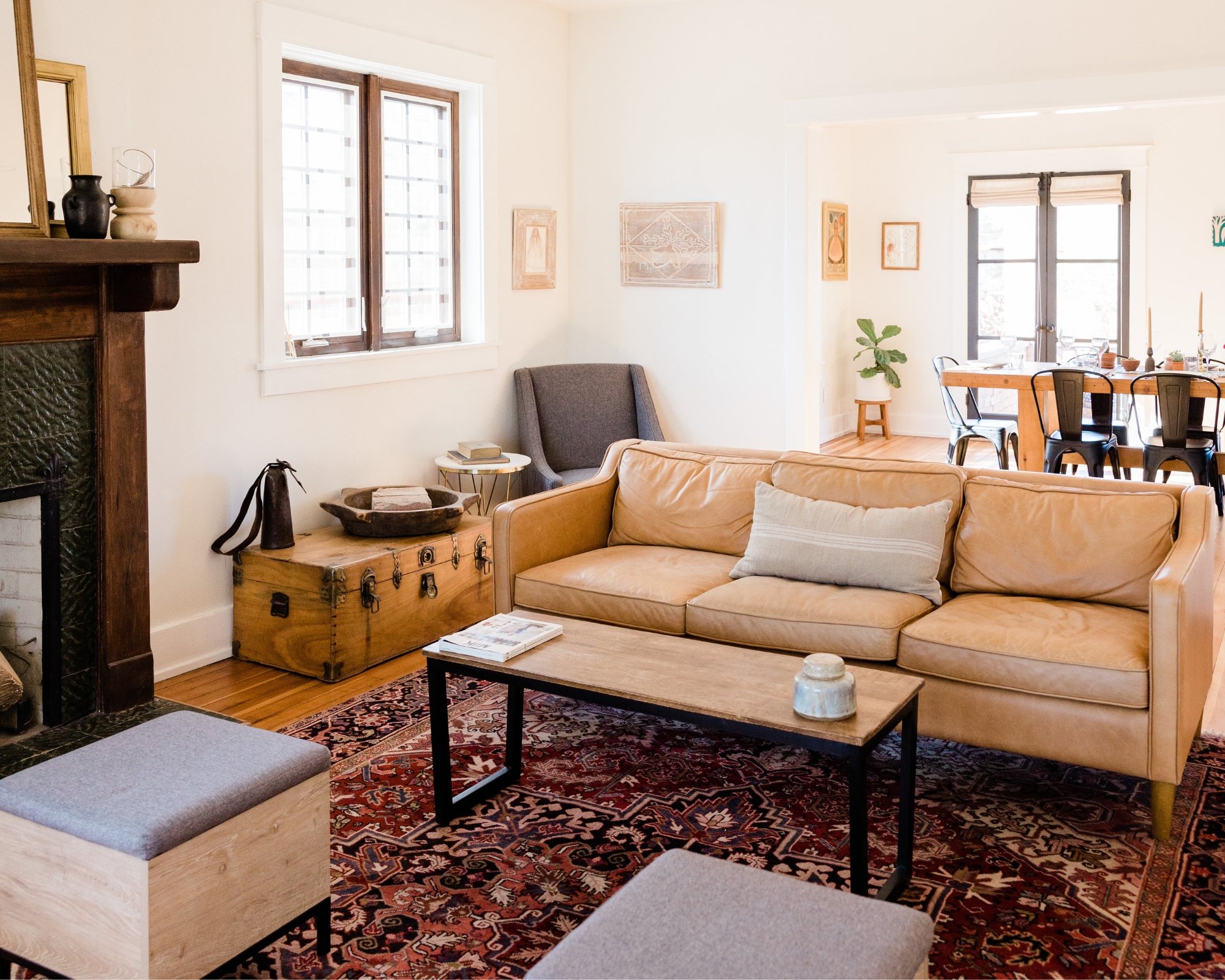
Reviewing your pieces regularly can make a big difference to your space. “I am definitely a maximalist, so I hate to say that you should edit your decor items, but you should avoid having too many things on your surfaces,” Bethany notes.
If you have a lot of decor items you love, she recommends keeping them in a storage bin and swapping your favourite pieces in and out periodically throughout the year.
This helps keep your space a little more clutter-free, whilst also allowing you to refresh your space with decor items you adore all year round.
6. Only having overhead lighting

Overhead lighting in a small living room isn’t necessarily a bad thing, but Bethany says to avoid only using your overhead lighting. Figuring out how to light a small apartment will make a huge difference in ambiance, and therefore how inviting it is.
This tip applies to any space, but is especially impactful in a smaller room, such as a modestly-sized living room. “Adding a lamp or two to a small space brings so much more dimension,” Bethany explains.
With this in mind, look for either a tabletop lamp or a standing lamp (like these Target lamps we love) to accent your space, and consider incorporating lightbulbs in warm white to make your space feel cozy and inviting.
A soft tabletop light source like this cordless lamp available from Amazon, is a great choice in a small space. We particularly love its cute mushroom shape and the fact it’s dimmable.
7. Pushing furniture against the walls
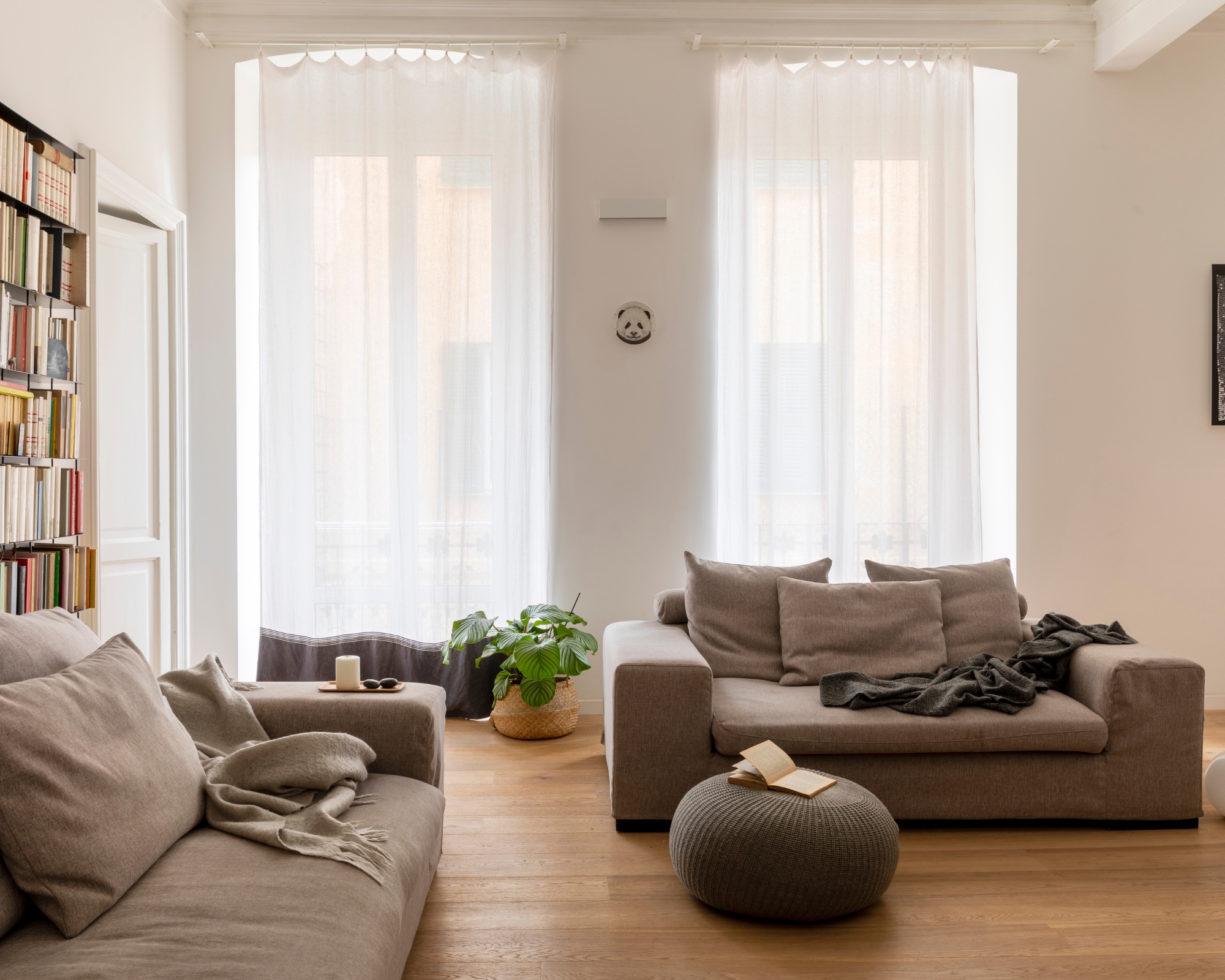
Pushing all of your furniture against the walls might be your first instinct — after all, it can physically maximize space. However, Bethany warns against this small living room layout mistake as it tends to make your room feel less inviting.
“You can definitely anchor your sofa or credenza against a wall, but float a chair in the room and maybe a side table,” she notes.
Instead, space out your furniture and add accents like footstools and throw blankets to make the small living room cozy.
8. Furniture pieces with one function
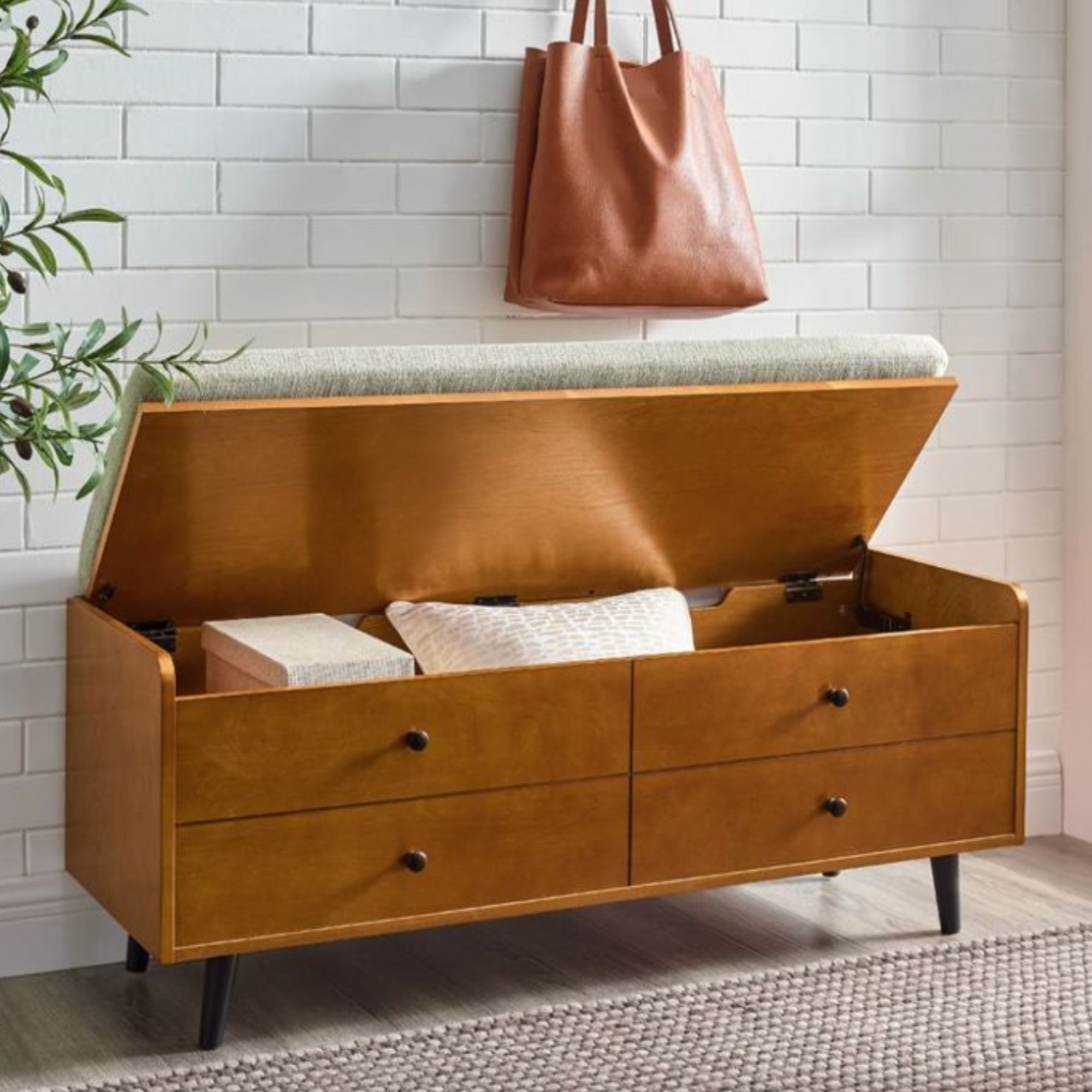
It’s also worth looking at the overall function of your living room items (like these Walmart furniture pieces) and, as much as you can, avoid those that only serve one function. “Maybe use a storage ottoman as a coffee table or a sofa that has hidden storage underneath,” says Bethany.
Instead of using a small table as an entertainment center, consider placing a small dresser or a credenza underneath your TV (which should be mounted on the wall in a smaller room to take up that vertical space) to allow for more storage.
You can use cubby storage (like this cube organizer from Target) as a plant stand whilst making use of the space below for storage baskets, decor or books. When shopping, seek out side tables with a drawer or shelf space underneath, too.
Storage is key when it comes to creating a functional small living room layout. “Look for furniture with has storage options as well as any small space you’re able to put things away,” says Alex Bass, an interior designer, art curator, and founder of Salon 21.
Small living room buys
We found all the best furniture and decor pieces to snap up for your dream small living room layout. As long as you avoid the things interior designers never have in small living rooms, you'll be all set.
Prices were correct at the time of publishing.
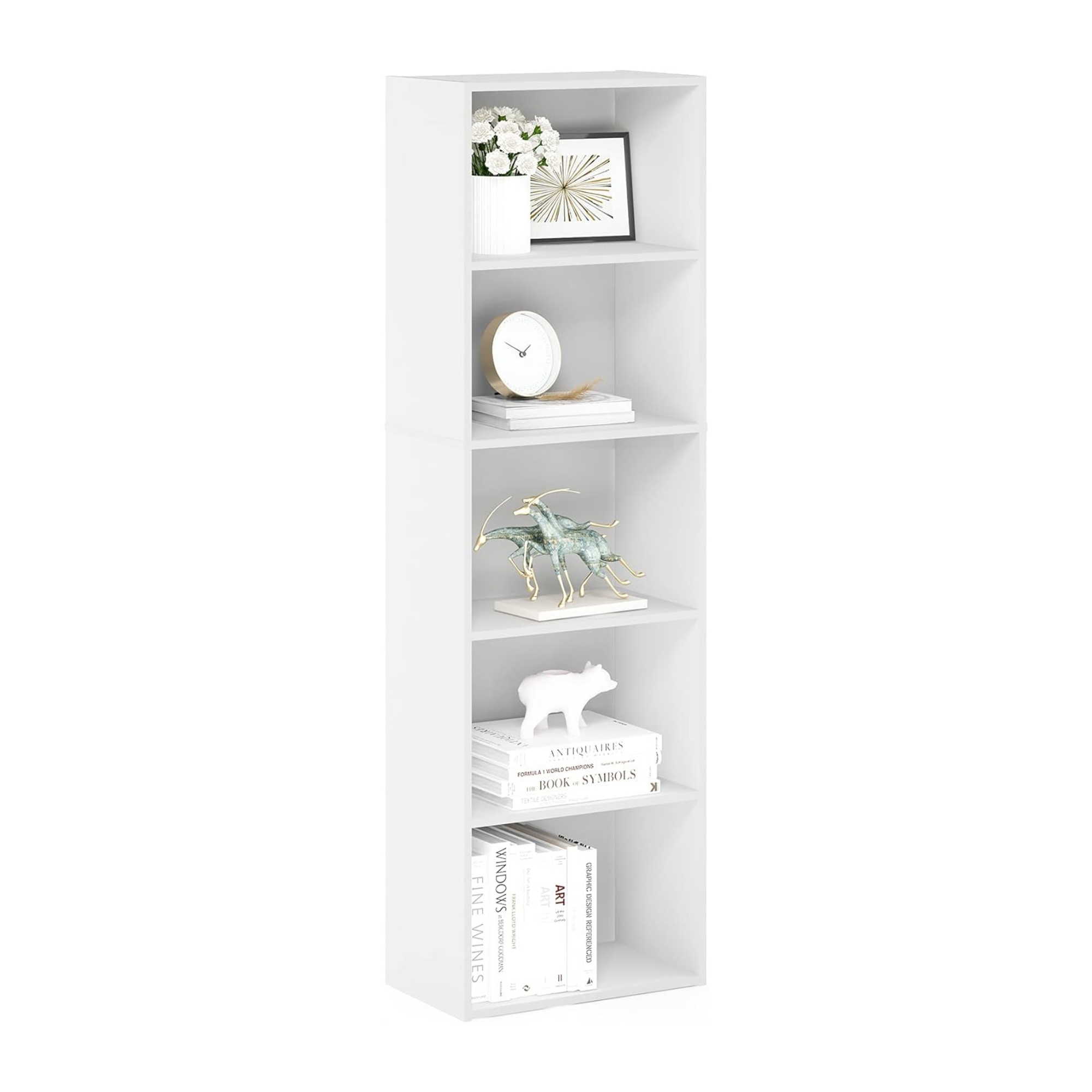
Price: $38.23
To make the most of your space, consider going vertical. Use tall bookcases to display items, as well as hold bins for storage. If you don’t have a lot of wall space to work with, a tall and slender bookcase can do the trick.
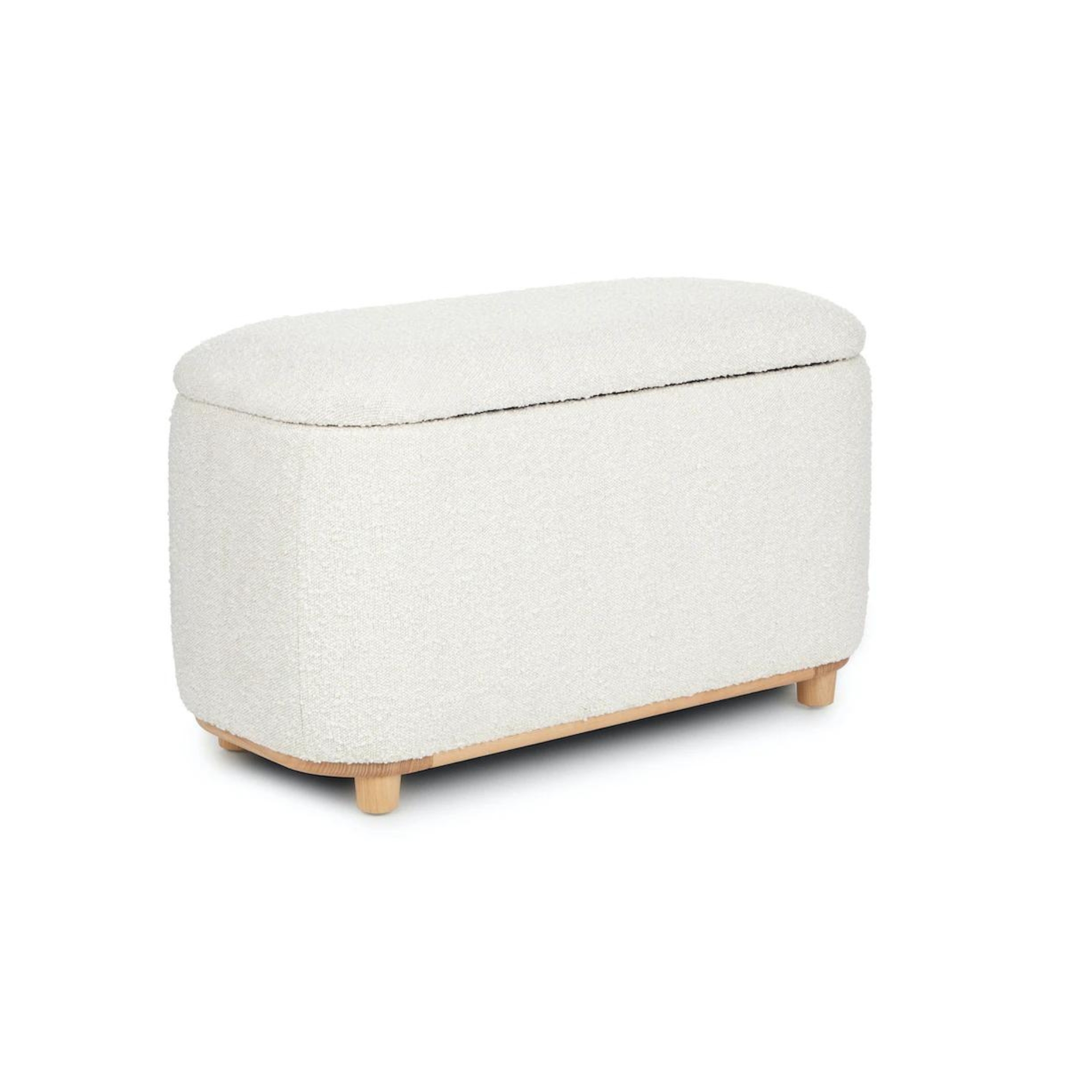
Price: $249
In a small space, you want your furniture to be as versatile as possible. One way to do so is by incorporating items that double as storage, such as the Maribo Ivory Bouclé Storage Ottoman from Article. This bench-style ottoman adds an additional seating option, tucks away nicely in a corner, or along an entryway wall, and opens up like a trunk to reveal plenty of space for extra throw blankets, board games, decor, and more.
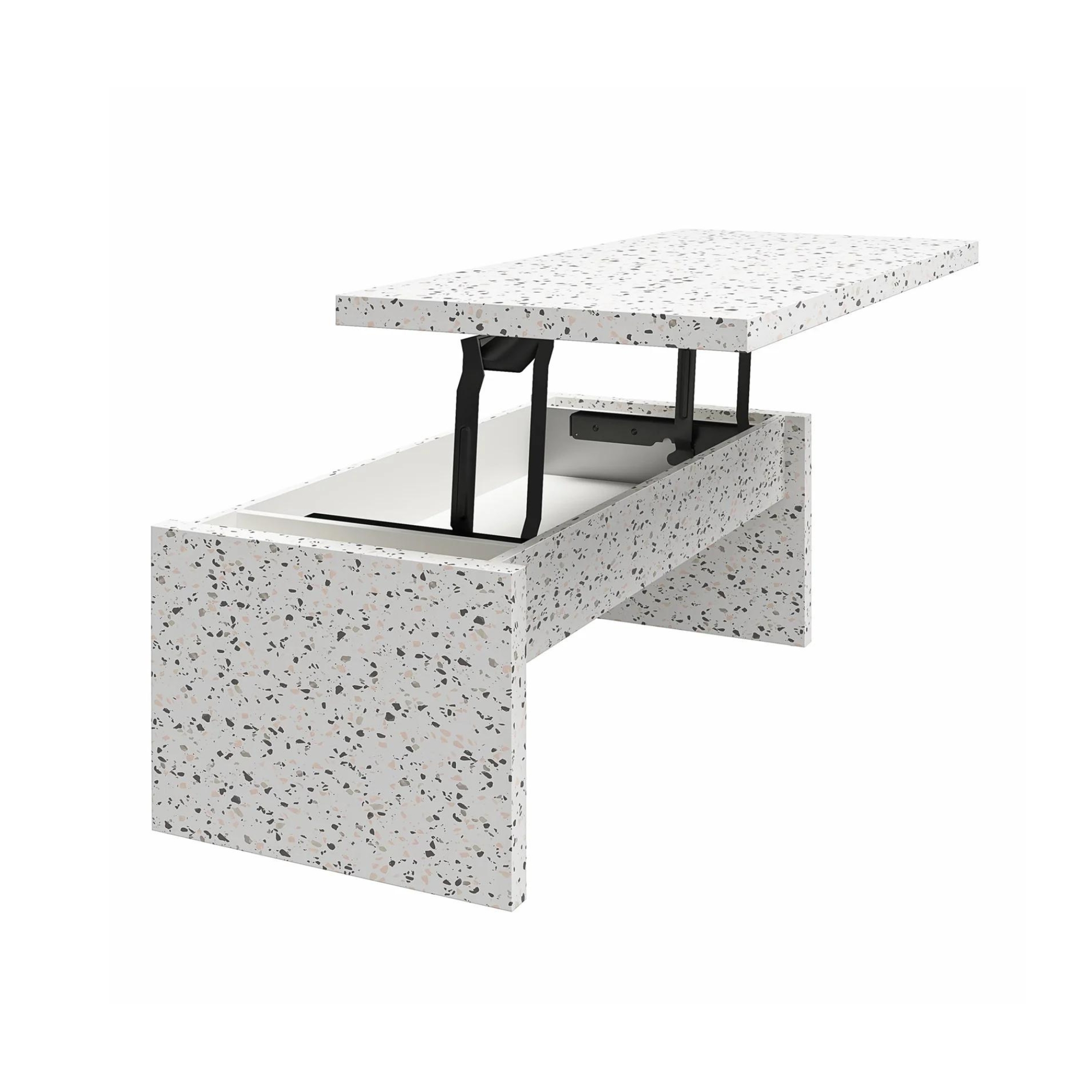
Price: $160.62
Speaking of functional furniture, make your coffee table work hard while you kick back. The terrazo-effect Mr. Kate Winston Coffee Table boasts a sleek and stylish design, with a tabletop that opens to reveal generous and concealed storage. It‘s great for hiding the usual clutter we leave on coffee tables such as remotes, books, magazines and more.
FAQs
How do I layout my small living room without making a mistake?
Designer Bethany says the blueprint of a space really determines overall furniture orientation. “I normally start with the sofa placement and let everything else fall into place,” she explains.
One of Bethany’s top tips for placing a sofa in a living room is to orient it in a way that faces the TV. Additionally, she recommends considering Feng Shui. “One of the rules is that you shouldn’t position your sofa with its back to the entry door,” she explains, noting she generally starts there.
In addition to your sofa, Alex Bass says to consider your vertical space. “This will make your space feel larger and taller and help you create unique storage solutions that don’t take up too much space,” she notes. He also recommends adding mirrors to open up a room, visually.
Should you put a sofa in front of a window?
“There aren’t rules against putting things in front of windows — it all depends on the space,” says Bethany. With that said, Alex adds, if possible, to avoid blocking a source of natural light. Natural light, especially in a small space, can play an intricate role in making it feel larger than it is.
The layout of a small living room isn’t a one-size-fits-all approach, but even still, there are many ways to create a functional space, regardless of your room’s design — and now you’re clear on what not to do, you’re off to a smart start.
According to our design experts, there are a few small living room layout mistakes to avoid, including choosing furniture pieces with only one function, overcrowding furniture, blocking a walkway, putting your couch in the wrong place, and more.
Next, check out these five outdated decor trends to kiss goodbye in 2024.

Jessie Quinn is a lifestyle writer with words published in The Spruce, Byrdie, Well + Good, Shape, PEOPLE, and more. Jessie has a Bachelor's Degree in Fashion Journalism from Academy of Art University and leans on her background in fashion to inspire readers to hone their personal decor style as if it's their wardrobe. When she's not writing, Jessie can be found browsing the aisles of her local antique stores, creating DIY home decor projects, and taking care of her dozens of houseplants. Her eclectic decor style balances vintage, modern, and artisanal pieces that reflect her artsy style and love for handmade goods.
